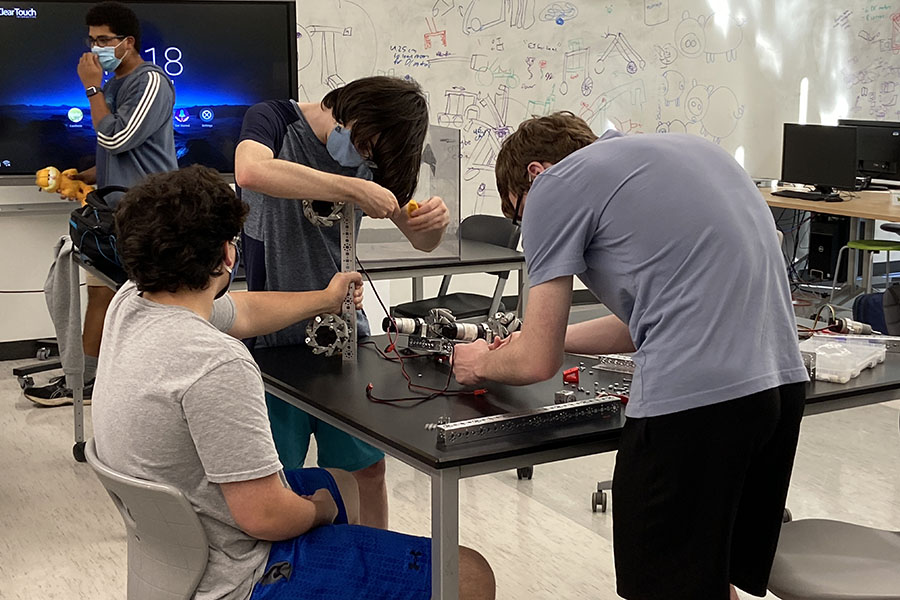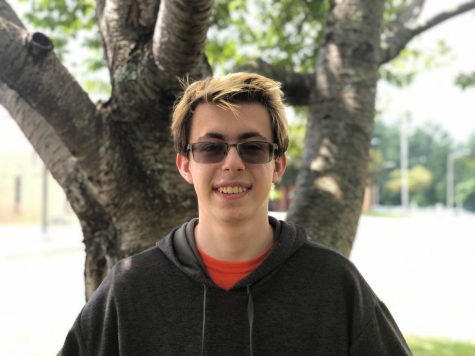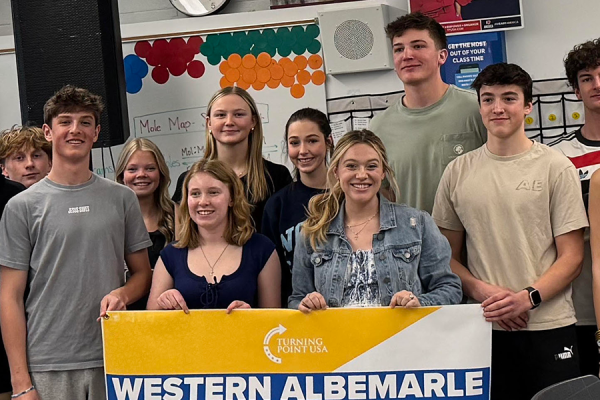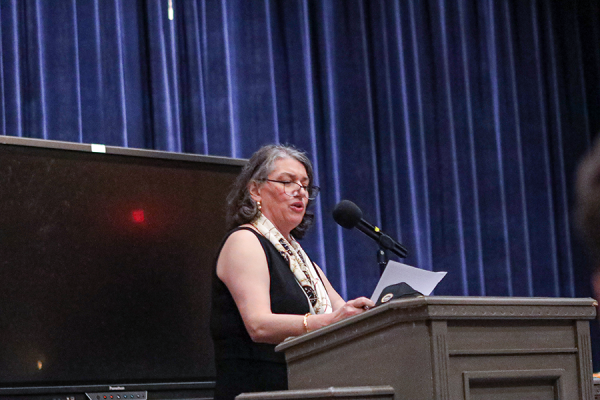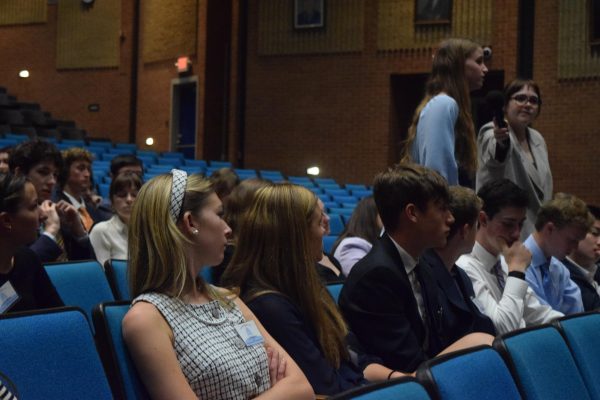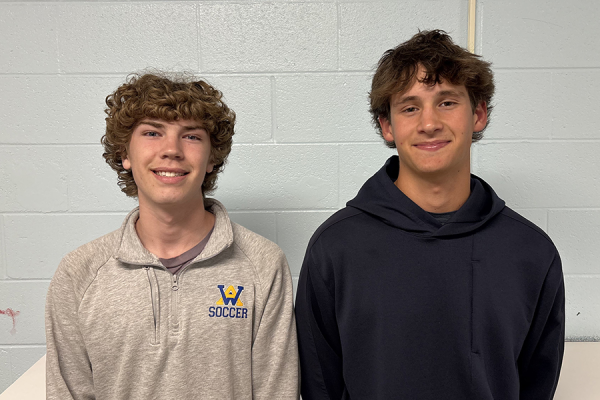Robotics Prepares to Compete in Challenge
Credit: Alex Noth
Robotics club has to program their robot from scratch.
January 14, 2022
If you were to enter classroom A109 on a Monday, Wednesday, or Friday afternoon, you would be hard pressed to find a teacher or supervisor. With the Robotics Club being self-led, there is little teacher involvement.
“So I [Ms. Eagen] and Mr. Biros, the two club sponsors, effectively are present to make sure everyone is being safe and kind to each other but students teach students,” Eagen said.
A big part of the reason for this is that, “the competition in which we compete, first does not allow adults to coach or teach students, it’s all students teaching students.” Eagen said.
With the Robotics Club having been around for more than eight years, a big reason for that is the fact students teach students. According to Elijah Witt, the president of the Robotics Club, “One of things we really really value here at the WAHS Robotics Club is the fact that we are student led and student taught. We just love the fact that anything we learn from this club, you’ll be taught from a different student. That cycle of knowledge.”
Each student’s goal is to try and teach one another. Foster, a senior said: “When I was a Freshman all the seniors kind of pitched in to help teach us. So I am kind of just doing that back.”
This year they are building three robots for the First Tech Challenge. Each one is designed to do a specific job. Club members are divided into three groups with each one led by an individual team leader, who is in charge of making sure their group is working on building their robot.
The second team, the Loose Screws, are building the first robot. The goal for the robot is to pick up some cubes and balls. They are using a linear actuator, which is just a motor to make a pole extend.
“It’s connected with a crossbar at the top of our robot and it basically will extend and pick up the objects and it can swing up and drop the objets,” Darius Mehta, a Junior, said.
Team one is called Her Majesty’s Engineer, or H.M.E. for short. They are making “a more complex forklift. That’s what we think will be the fastest and most efficient design for the competition,” Witt said.
Team three is called Cable Management. Their robots use “two servos (small motors) and two blocks attached to them,” Conner Mackey said. “The servos spin the blocks so they squeeze the cubes or spheres together and then we think we are also going to need a platform underneath it.”
But building these robots takes more than just putting parts together. The Robotics Club will use 3D printing to print parts for their robots, so they “can make custom molded parts immediately, that would be specific to our robot,” Noah Witt said. It is also a faster and cheaper process than ordering all of the parts.
Another technique the robotics club is using is 3D modeling. They use this to model any parts they want to 3D print.
Finally, one of the most important parts of the robot outside of the structural part is the programming. According to Charlie Alhusen, “the programming is essentially the brains of the robot, in this it is the memory, too.”
When leaders from Robotics were asked about what their goal this year, the first response was not to perform well at the competition, although that may be nice.“I have my eyes on the future. When I graduate, I really want to have this club exist in the future.” Witt said.
“A lot of the experience is concentrated in the seniors, and because of that and especially because of last year with Covid we were barely able to meet at all. Our main goal is to make sure that when the current core of seniors graduate that the new – the freshman, sophomores and juniors – have the experience needed to continue the club…. Our top goal is making sure that the Robotics Club continues to thrive after this year,” Alhusen said.



